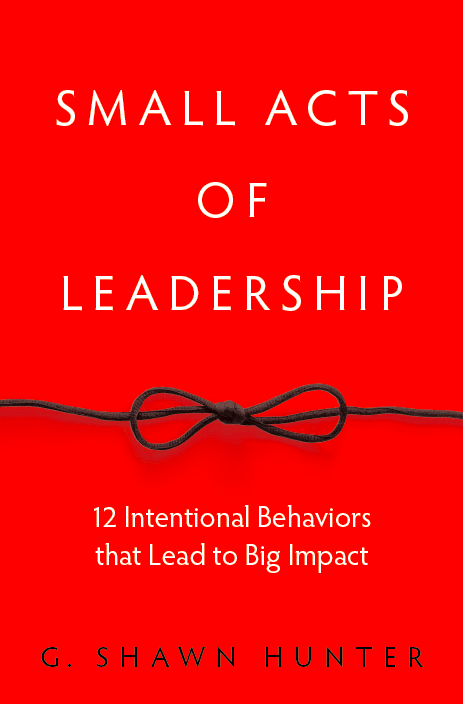What’s Possible When We Are Not Afraid
“The thing I fear most is fear.”
– Michel de Montaigne, 1580
Corruption, muggings, police brutality, whooping cough, tornados, and pandemics all rank in the top 25 of American fears of the last year. Dig a little deeper down the list and avian flu, pesticides, identity theft, and flesh-eating disease show up.
Sometimes these fears emerge into full-blown panics such as the Y2K millennium bug, which turned out to be non-existent. In 2008 many people believed the Large Hadron Collider would initiate a black hole which would consume the planet. In fact, just two weeks before the Hadron Collider was scheduled to start up, an esteemed chemist from the University of Tubingen filed a lawsuit to block the Hadron Collider experiments on the grounds that the ensuing black hole would violate the right to life of European citizens and pose a threat to the rule of law.
Autonomous swarms of intelligent drones, self-replicating nanotechnology, GMOs, environmental collapse, and child-snatchers all populate the realm of our collective fears today. And why not? In many ways we live in the most unpredictable era in human history. Never before have we seen such acceleration of technology, population growth, and scale of environmental change. Currently the DHS terror threat level is yellow (elevated). It has never, ever, been green (low) or blue (guarded). It’s a good time to be afraid. Or is it?
Today we are born healthier, live longer, with less chronic illness, more wealth, and higher IQs, then ever before. We are living at a time when awareness of the evils of chemicals, additives and preservatives are heightened more than ever before. With our organic, local, artisanal, hand-picked, kale and spinach green smoothies, we are aggressively trying to lower the toxicity of our food supply. But it wasn’t always that way.
Starting in 1935, Dupont adopted the slogan “Better things for better living through chemistry.” This was the same period when kids chased “The Fog Truck” that spread DDT throughout the neighborhoods. This was the also same time when nuclear war, Russian invasion, and the “red tentacles of communism” topped our list of fears.
Almost every measure of personal victimization has gone down over the last 40 years. Child abuse, sexual abuse, robbery, larceny, even bullying, are all down by over 50% since 1970. As horrifying as the notion is, the odds of a child being abducted and murdered today are have fallen to 1.5 million to one. And as scared as we are for our teenagers today, their actual likelihood of pregnancy, drug use, and running away from home are all down over the last few decades. And no, the reason our kids are safer is not helicopter parenting and tiger moms.
Yes, children do get abducted. And when they do, everyone, everywhere, knows about it instantly. Our emotion is visceral, but the actual threat to us is minimal.
In 2005, when 9/11 was fresh in our minds, researchers from Lawrence Livermore Labs conducted comprehensive statistical analysis on global terrorism. Compared to our lifetime likelihood of car crashes, drowning in backyard pools, or even being struck by lightening (1 in 79,000), they found the risk posed to us personally by terrorism falls in a range that actuaries would call “de minimis” or too trivial to merit concern.
We are full of strange hypocrisies. Nobody lights up like Eastern Europe, where average annual cigarette consumption can exceed half a pack a day. Yet they will march in the streets indignantly banning GMOs. Yes, genetically modified organisms might be dangerous, but compared to smoking…?
I’m not suggesting that our common fears are unfounded or non-existent, only that they are often irrationally exaggerated. I am suggesting that we should kill some of our fears. I believe that when we find ourselves in a place of discomfort and rising panic, we are at a moment of greatest opportunity for learning and progress.
As I describe in my upcoming book Small Acts of Leadership, when people overcome their phobias they tend to become more confident, effective, and often go on to make more audacious, and personally affirming, decisions. For example, people who overcame their fear of snakes, went on to try new things like ballroom dancing, skydiving, and even experienced higher salaries and promotions at work.
Go ahead. Start small. Kill a fear today.
- Join my Email updates for regular updates on leadership and life
- Learn more about my Speaking work
- ____________________________________________________

Twitter: @gshunter
Say hello: email@gshunter.com
Web: www.shawnhunter.com



